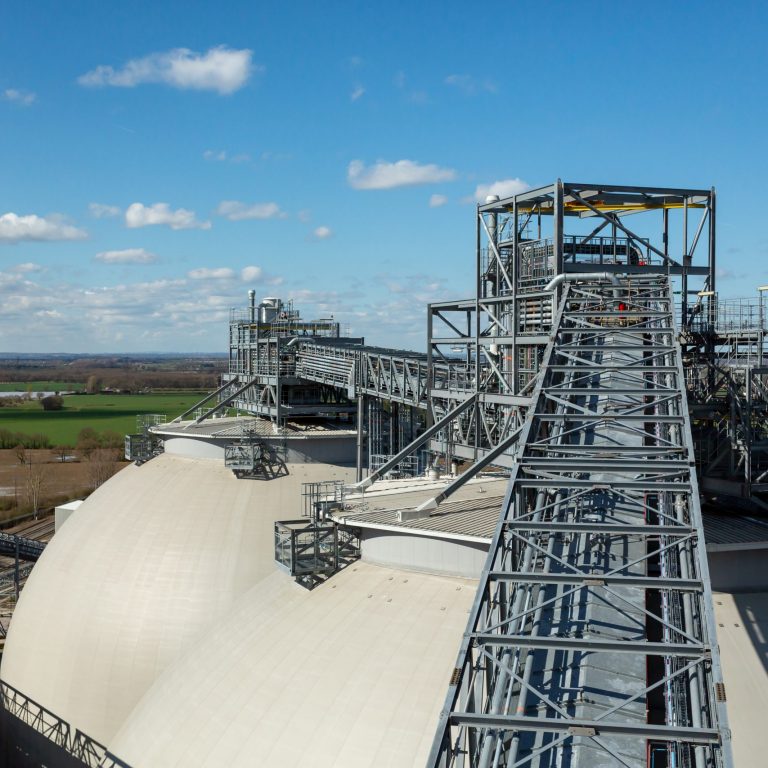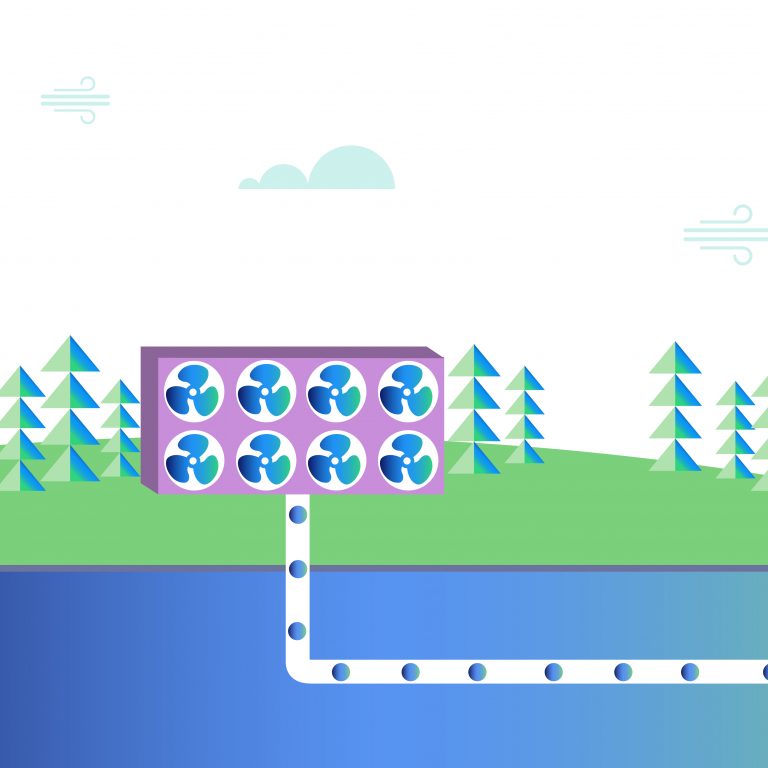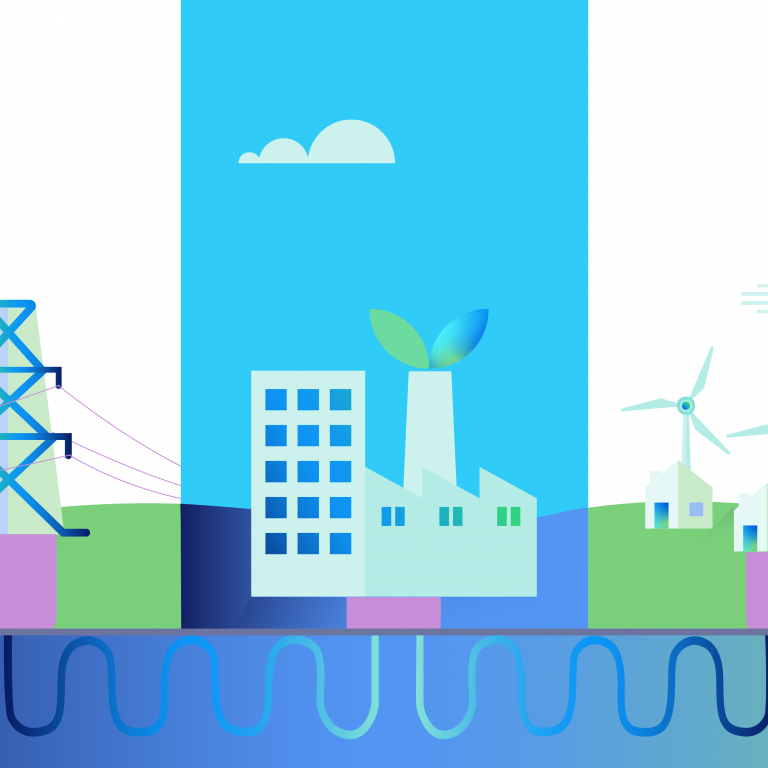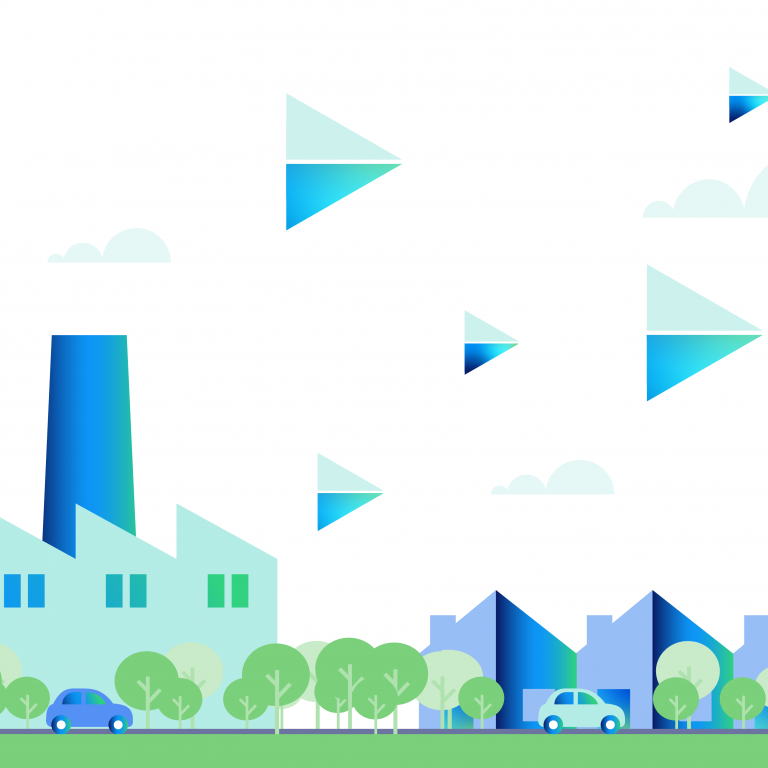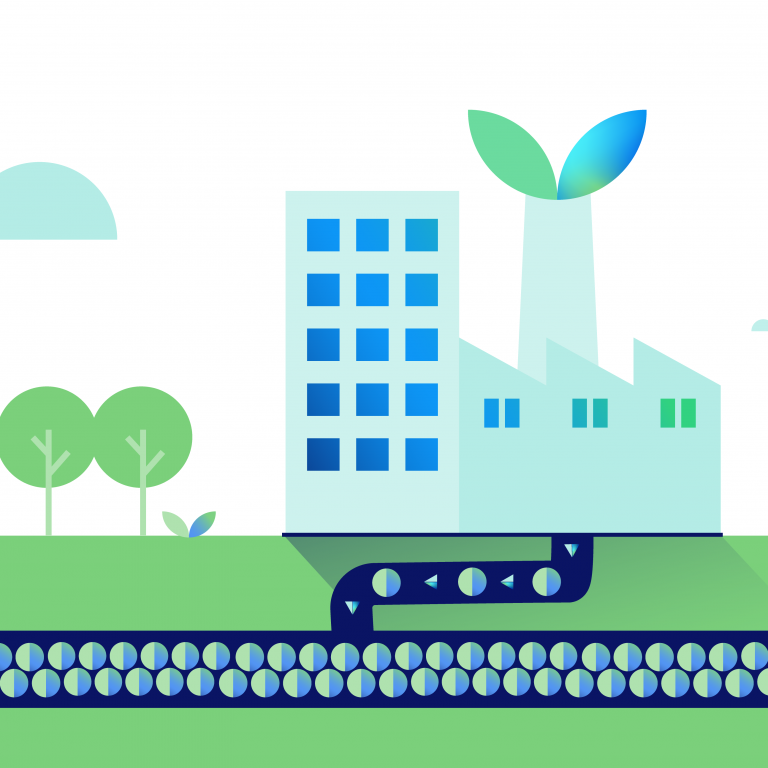What are negative emissions?
In order to meet the long-term climate goals laid out in the Paris Agreement, there is a need to not only reduce the emission of harmful greenhouse gases into the air, but actively work to remove the excess carbon dioxide (CO2) currently in the atmosphere, and the CO2 that will continue to be emitted as economies work to decarbonise.
The process of greenhouse gas removal (GGR) or CO2 removal (CDR) from the atmosphere is possible through negative emissions, where more CO2 is taken out than is being put into the atmosphere. Negative emissions can be achieved through a range of nature-based solutions or through man-made technologies designed to remove CO2 at scale.
What nature-based solutions exist to remove CO2 from the atmosphere?
One millennia-old way of achieving negative emissions is forests. Trees absorb carbon when they grow, either converting this to energy and releasing oxygen, or storing it over their lifetime. This makes forests important tools in limiting and potentially reducing the amount of CO2 in the atmosphere. Planting new forests and regenerating forests has a positive effect on the health of the world as a result.
However, this can also go beyond forests on land. Vegetation underwater has the ability to absorb and store CO2, and seagrasses can in fact store up to twice as much carbon as forests on land – an approach to negative emissions called ‘blue carbon’.

Did you know?
Bhutan is the only carbon negative country in the world – its thick forests absorb three times the amount of CO2 the small country emits.
What man-made technologies can deliver negative emissions?
Many scientists and experts agree one of the most promising technologies to achieve negative emissions is bioenergy with carbon capture and storage (BECCS). This approach uses biomass – sourced from sustainably managed forests – to generate electricity. As the forests used to create biomass absorb CO2 while growing, the CO2 released when it is used as fuel is already accounted for, making the whole process low carbon.
By then capturing and storing any CO2 emitted (often in safe underground deposits), the process of electricity generation becomes carbon negative, as more carbon has been removed from the atmosphere than has been added.
Direct air carbon capture and storage (DACCS) is an alternative technological solution in which CO2 is captured directly from the air and then transported to be stored or used. While this could hold huge potential, the technology is currently in its infancy, and requires substantial investment to make it a more widespread practice.
The process of removing CO2 from the atmosphere is known as negative emissions, because more CO2 is being taken out of the atmosphere than added into it.
How much negative emissions are needed?
According to the Intergovernmental Panel on Climate Change, negative emissions technologies could be required to capture 20 billion tonnes of carbon annually to help prevent catastrophic changes in the climate between now and 2050.
Negative emissions fast facts
- Humans are currently moving carbon from the lithosphere (the crust of the earth) to the biosphere (where we live) at 100 times the rate of the natural carbon cycle
- There is enough sustainable biomass available to the UK to support BECCS to remove 51 megatonnes of CO2 every year by 2050, according to the Committee on Climate Change
- More companies are beginning to invest in negative emissions technologies, with Apple conserving mangroves, Stripe allocating $1 million annually to purchasing sequestered carbon, and Microsoft declaring it will be carbon negative by 2030
Go deeper
- Drax sets world-first ambition to become carbon negative by 2030
- Negative emissions and international climate goals: learning from and about mitigation scenarios
- Renewables revolution delivers a decade of decarbonisation
- The ups and downs of BECCS – where do we stand today?
- Negative emissions techniques and technologies you need to know about
- UK could become ‘net zero by 2050’ using negative emissions











